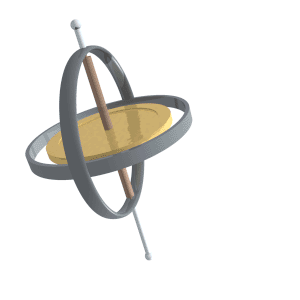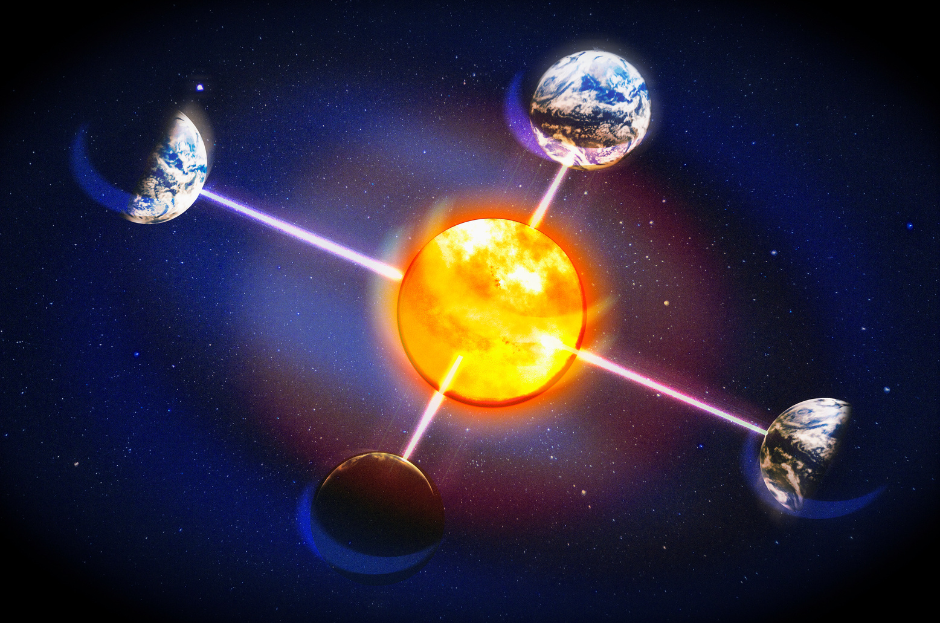
An Equinox is a biannual event, at which point the Sun is positioned directly above the equator. On these days, both the northern and southern hemisphere experience roughly the same length of daytime and night time hours.
The name equinox comes from the Latin terms ‘aequi’ and ‘nox’ (aequinoctium) which mean ‘equal’ and ‘night’ respectively. It is an event that has been observed, revered and deeply symbolic across time.
At any other time of year, the Earth’s axis is tilted either toward or away from the sun. This is why we have longer days in Summer, and longer nights in Winter.
What is the Precession of the Equinoxes?
Precession of the equinox is a cyclical event over approximately 26000 years. It happens due to a slight wobble of the earth’s axis. This wobble is the result of gravitational effects from the Sun and Moon, and to a lesser extent the other planets in the solar system.
The precession of the equinoxes is the major reason that our polar starts change over time. While the north star today is Polaris, in a few thousand years Vega will be the north star, due to the precession. It is often compared to the procession of a spinning top and similar to the illustration of a gyro precession below.

What is the difference between an equinox and a solstice?
An equinox and a solstice are effectively the opposite to each other. Where an equinox happens as the Sun is above the equator, a solstice occurs when the sun is at it’s farthest from the equator.

The Winter Solstice is when we have our shortest day. The Summer Solstice is when we have our longest day. As with the equinox, the solstice has been a symbolic, and spiritual event since prehistory.
When is the equinox?
The equinoxes occur in Spring (around 21st of March) and in Autumn (around 23rd September). The equinox is generally seen as the first day of Spring or Autumn. It is the first day astronomically as opposed to meteorologically.
The solstices on the other hand occurs on around 21st December for the winter solstice and around 21st of June for the summer solstice. Of course this is from a northern hemisphere perspective, the seasons obviously switch for the southern hemisphere. As with the equinoxes, the solstices are seen astronomically as the start of their respective season.